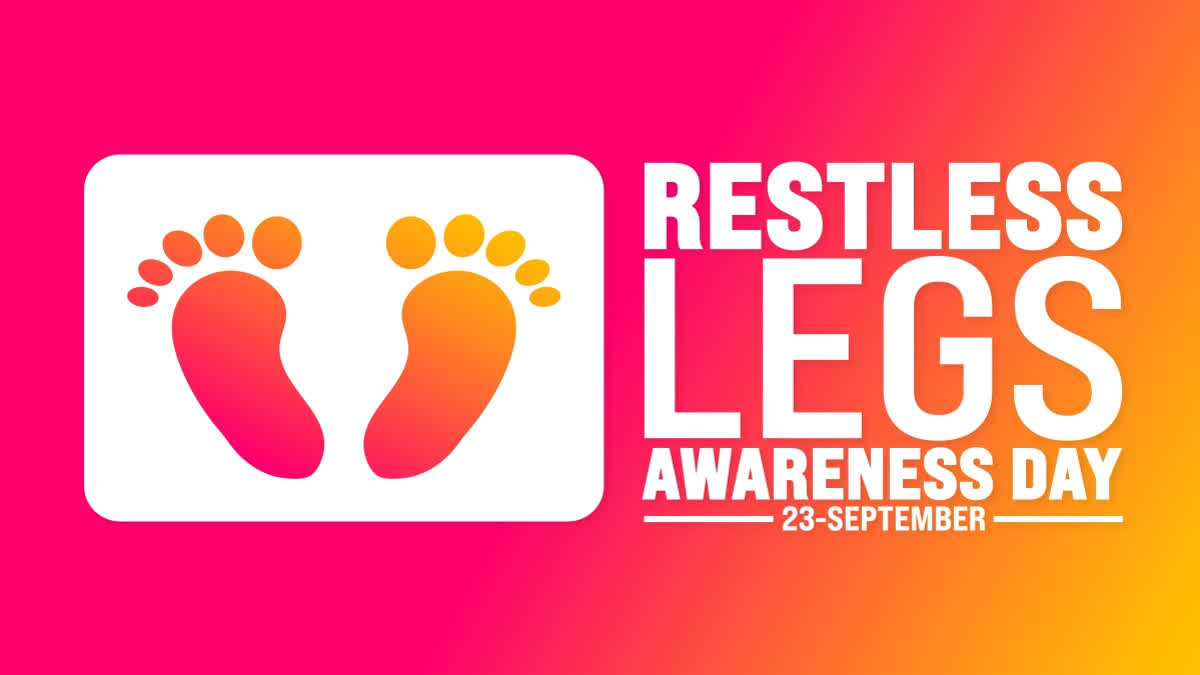Restless Legs Awareness Day is celebrated every year on September 23. This day serves to raise awareness about a health issue that affects both adults and children. The first Restless Legs Syndrome Awareness Day was observed on September 23, 2012.
Restless legs syndrome is a lifelong neurological condition characterised by an insatiable desire to move the legs in order to relieve unpleasant sensations such as creeping, crawling, pulling, itching, tingling, or burning sensations.
What is Restless Legs Syndrome?
Restless legs syndrome is also known as Willis-Ekbom disease, is a disorder, when you really feel the need to move your legs because they're uncomfortable. This feeling usually strikes at night or when you're sitting or lying down. However, Moving around for a bit makes the discomfort go away, but it comes back.
RLS can start at any point in life and usually gets worse as you get older. It can interrupt sleep, affecting daily tasks. The condition affects approximately 7 percent of the population.
Types Of Restless Legs Syndrome:
Early onset: Early onset means a diagnosis occurs before age 45, often in your family's history, and the condition advances gradually.
Late onset: Late onset means RLS gets worse faster and is usually found after 45.
Symptoms:
RLS, the condition shows these following symptoms:
- Feeling a strong need to move the legs, and it's not a good feeling.
- The pain gets worse when you're not moving or relaxing, and it's the worst when you're trying to sleep.
- However, moving, stretching, and walking seem to make it feel better.
- You feel it more at night and in the evening.
- It looks like there's no other reason for it - like arthritis or an injury.
Restless legs syndrome can disrupt your sleep because of various reasons including:
- Inability to sleep well, struggling to either fall asleep or remain asleep.
- Tiredness or feeling sleepy during the day.
- Shifts in behavior or emotions.
- Problems with recalling information or focusing.
- Feeling down or anxious.
Causes Of Restless Legs Syndrome:
Genetics: You might get RLS if it runs in your family. When you're made, one of your real parents gives you a gene that makes you more likely to get RLS.
Iron deficiency: Even if your blood has enough iron, you might not have enough in your brain.
Underlying medical condition: Sometimes, other health problems can make RLS happen, or make it worse.
Medications: Some drugs, such as antihistamines, antidepressants, or drugs for nausea, can cause RLS or make the symptoms worse.
Treatment For RLS:
To alleviate the symptoms of Restless Leg Syndrome (RLS), individuals can seek relief through medication and lifestyle modifications. It's advisable to consult your doctor before implementing any changes to your lifestyle.
